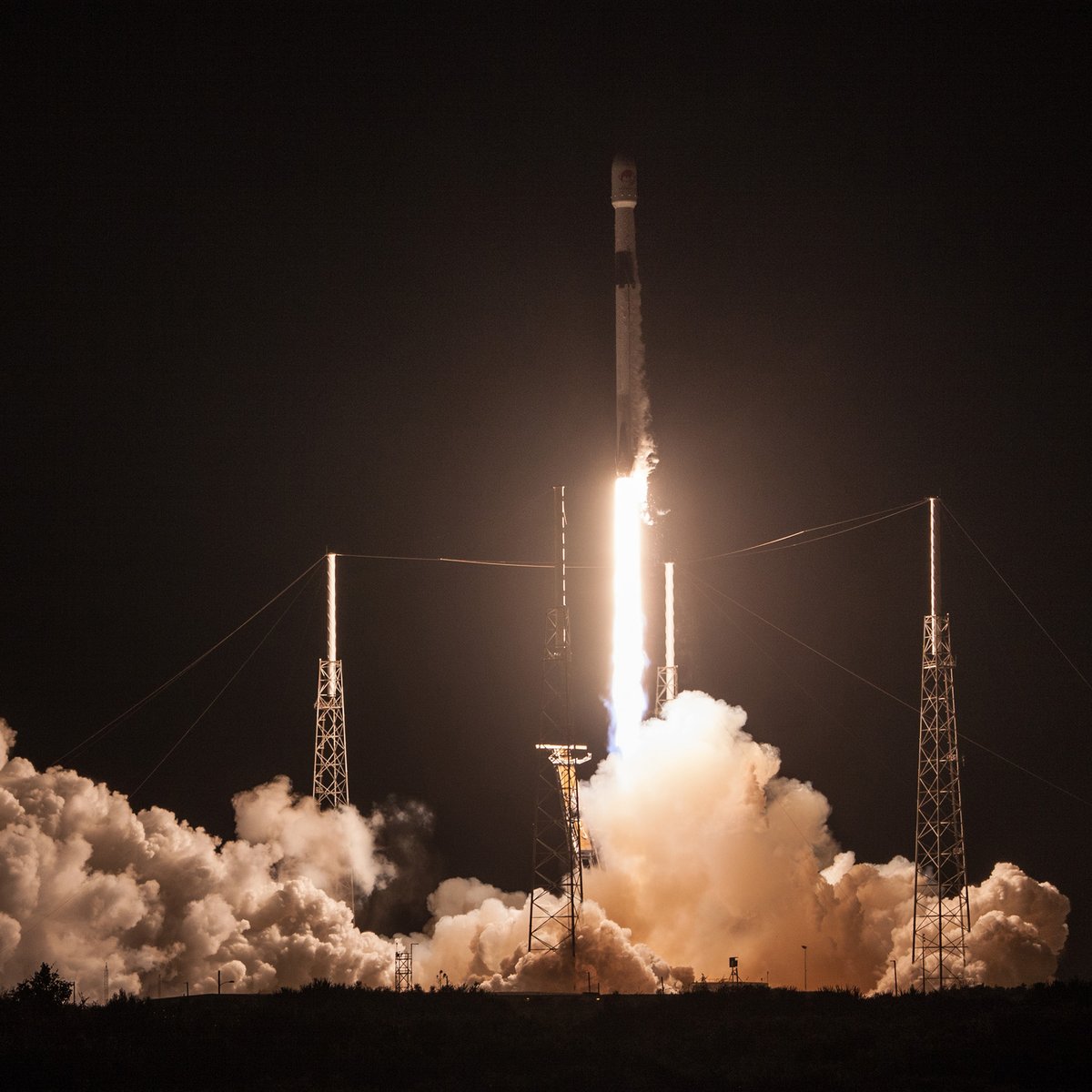Earlier today (Monday, Dec. 3rd), private aerospace giant SpaceX launched its Spaceflight SSO-A: SmallSat Express mission. The launch took place from Space Launch Complex 4E (SLC-4E) at Vandenberg Air Force Base in California. Aboard the rocket were 64 spacecraft, consisting of microsatellites, cubesates, technology demonstrators and educational research endeavors.
This mission was a milestones for a number of reasons. For Spaceflight Industries, which arranged for the cargo to be delivered to a Sun-Synchronous Low Earth Orbit (SSO), it was the largest single rideshare to be launched from US soil. For SpaceX, it was the third time that the rocket’s first stage booster had been launched and retrieved, bringing us ever closer to the day when Elon Musk’s vision of completely reusable rockets becomes a reality.
Spaceflight Industries, a Seattle-based private aerospace company, is the world’s leading rideshare and mission management provider. As noted, this mission represents the largest single rideshare launched from the US to date. All told, the company contracted with 59 different organizations – a mix of commercial, government and academic institutions – to launch 15 microsats and 49 cubesates.
Of these, 25 were from international organizations from 17 different countries. While the majority of the spacecraft were commercial satellites, the payload also included imaging satellites, technology demonstrations, two art exhibits, and one high school science project. Because of the sheer amount of space required, this mission was also the first time that Spaceflight Industries purchased the payload space of an entire Falcon 9 rocket.
Following stage separation, which took place roughly three minutes after launch, the first stage of the rocket reentered Earth’s atmosphere and landed at PST (01:43 pm EST). The landing took place in the Pacific Ocean, with the first stage successfully touching down on the company’s “Just Read the Instructions” droneship.
Approximately 13 to 43 minutes after liftoff, satellite deployment began and is expected to last until about 05:00 pm PST (08:00 pm EST). By PST (02:32 pm EST), SpaceX had confirmed the successful deployment of “four microsats and the upper and lower free flyer with additional payloads for Spaceflight SSO-A: SmallSat Express.” For updates on the deployment sequence, check out Spaceflight Industries twitter feed.
Falcon 9 first stage has landed on the Just Read the Instructions droneship—completing this rocket booster’s third launch and landing this year. pic.twitter.com/DXqT7KH9sM
— SpaceX (@SpaceX) December 3, 2018
But by far, the greatest accomplishment of this mission was the fact that the it was the third flight of the first stage booster being used. Previously, the booster was part of the Merah Putih mission, which took place on August 7th, 2018. This mission consisted of deploying Merah Putih – a communications satellite that included 3D-printed components to reduce weight and costs – to a Geostationary Transfer Orbit (GTO).
This was preceded by the launch of the Bangabandhu Satellite-1 on May 11th, 2018. This was the first flight of a Falcon 9 Block 5, the final substantial upgrade to SpaceX’s Falcon 9 rocket. These missions took off from Launch Complex 39A and Cape Canaveral Air Force Station (respectively), and both concluded with the first stage successfully landing on the “Of Course I Still Love You” droneship in the Atlantic Ocean.
Another mission highlight was the retrieval of the rocket’s payload fairing (aka. the nose cone). In 2016, Musk announced that he intended to retrieve the fairings from future missions to further reduce costs. This plan came to a head back in February when Musk revealed that fairing retrieval would be done using a boat equipped with a net (Mr. Steven).
Falcon fairing halves missed the net, but touched down softly in the water. Mr Steven is picking them up. Plan is to dry them out & launch again. Nothing wrong with a little swim.
— Elon Musk (@elonmusk) December 3, 2018
The first attempt to “catch” a fairing with Mr. Steven took place shortly thereafter, and was unsuccessful. This was attributed to the fairing’s chutes, which Musk decided to enlarge for future missions. This time around, the fairing once again landed in the water, but were retrieved by the ship’s crew. As Musk tweeted at 11:49 am PST (02:49 pm EDT):
“Falcon fairing halves missed the net, but touched down softly in the water. Mr Steven is picking them up. Plan is to dry them out & launch again. Nothing wrong with a little swim.”
This launch was mission of multiple firsts and a major milestone for SpaceX and commercial aerospace in general. In addition to bringing us one step closer to full-reusability, this was the first time that an entire rocket payload consisted of small satellites, which are traditionally relegated to secondary payloads. These developments will serve to reduce the associated costs of space exploration further while opening up new opportunities for business and research.
The launch and retrieval of the rocket was broadcast live via webcast. To watch a replay of the event, check out the video below:
Further Reading: SpaceX, Spaceflight, Twitter

